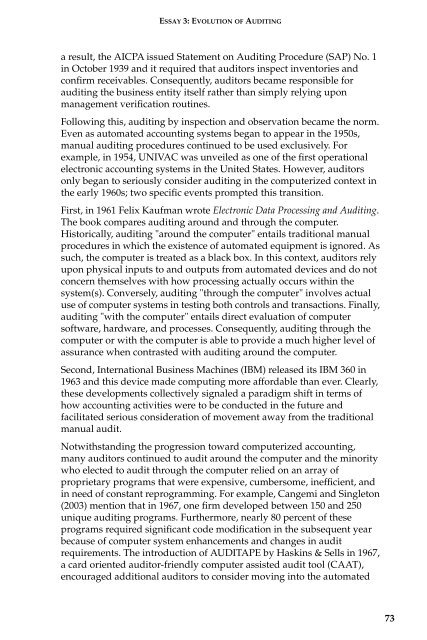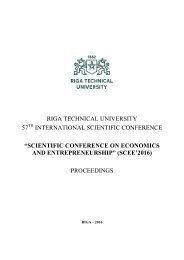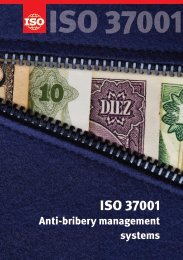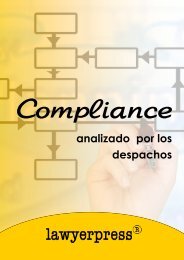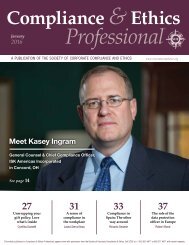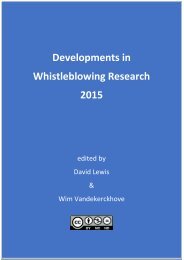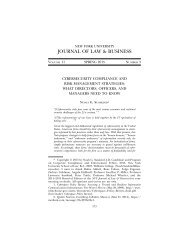AUDIT ANALYTICS AUDIT
x8YaD9
x8YaD9
- No tags were found...
You also want an ePaper? Increase the reach of your titles
YUMPU automatically turns print PDFs into web optimized ePapers that Google loves.
ESSAY 3: EVOLUTION OF <strong>AUDIT</strong>ING<br />
a result, the AICPA issued Statement on Auditing Procedure (SAP) No. 1<br />
in October 1939 and it required that auditors inspect inventories and<br />
confirm receivables. Consequently, auditors became responsible for<br />
auditing the business entity itself rather than simply relying upon<br />
management verification routines.<br />
Following this, auditing by inspection and observation became the norm.<br />
Even as automated accounting systems began to appear in the 1950s,<br />
manual auditing procedures continued to be used exclusively. For<br />
example, in 1954, UNIVAC was unveiled as one of the first operational<br />
electronic accounting systems in the United States. However, auditors<br />
only began to seriously consider auditing in the computerized context in<br />
the early 1960s; two specific events prompted this transition.<br />
First, in 1961 Felix Kaufman wrote Electronic Data Processing and Auditing.<br />
The book compares auditing around and through the computer.<br />
Historically, auditing "around the computer" entails traditional manual<br />
procedures in which the existence of automated equipment is ignored. As<br />
such, the computer is treated as a black box. In this context, auditors rely<br />
upon physical inputs to and outputs from automated devices and do not<br />
concern themselves with how processing actually occurs within the<br />
system(s). Conversely, auditing "through the computer" involves actual<br />
use of computer systems in testing both controls and transactions. Finally,<br />
auditing "with the computer" entails direct evaluation of computer<br />
software, hardware, and processes. Consequently, auditing through the<br />
computer or with the computer is able to provide a much higher level of<br />
assurance when contrasted with auditing around the computer.<br />
Second, International Business Machines (IBM) released its IBM 360 in<br />
1963 and this device made computing more affordable than ever. Clearly,<br />
these developments collectively signaled a paradigm shift in terms of<br />
how accounting activities were to be conducted in the future and<br />
facilitated serious consideration of movement away from the traditional<br />
manual audit.<br />
Notwithstanding the progression toward computerized accounting,<br />
many auditors continued to audit around the computer and the minority<br />
who elected to audit through the computer relied on an array of<br />
proprietary programs that were expensive, cumbersome, inefficient, and<br />
in need of constant reprogramming. For example, Cangemi and Singleton<br />
(2003) mention that in 1967, one firm developed between 150 and 250<br />
unique auditing programs. Furthermore, nearly 80 percent of these<br />
programs required significant code modification in the subsequent year<br />
because of computer system enhancements and changes in audit<br />
requirements. The introduction of <strong>AUDIT</strong>APE by Haskins & Sells in 1967,<br />
a card oriented auditor-friendly computer assisted audit tool (CAAT),<br />
encouraged additional auditors to consider moving into the automated<br />
73


